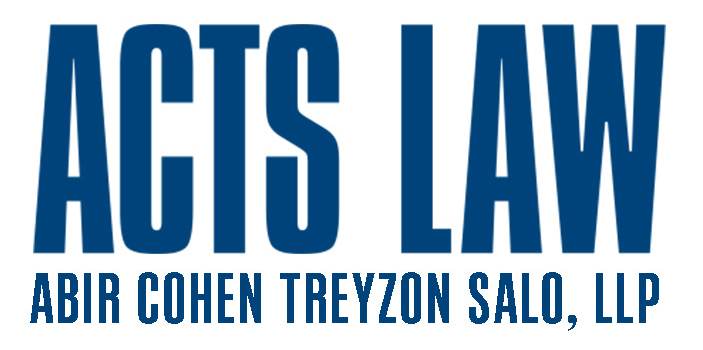


California has implemented new bicycle laws under Assembly Bill (AB) 1909. These laws aim to increase safety for bicyclists on the road and provide more clarity for both bicyclists and drivers.
One significant change under AB 1909 is an extension of the “Three Feet for Safety Act,” which required drivers to maintain a distance of at least three feet when passing a bicyclist on the road. This was commonly known as the three-foot rule. However, law enforcement officials found this rule difficult to enforce because it required investigating officers to determine, often without reliable witness statements or data, the distance between the vehicle and the bicycle.
Under AB 1909, motorists are now required to change lanes when passing or overtaking a cyclist. However, a lane change is only required if one is available. If another lane is not available, due to traffic or roadway conditions, drivers have a duty to pass the cyclist safely. This duty includes considering (1) the vehicle’s size and speed, (2) the traffic conditions, (3) weather and visibility, and (4) the highway conditions.
By changing the language of the three-foot rule to require a lane change, this new law will empower law enforcement officers to enforce the rule quickly and efficiently. This extension of the Three Feet for Safety Act aims to protect bicyclists from being hit or sideswiped by passing vehicles.
This law likely includes changing lanes when passing or overtaking a cyclist traveling in the bike lane. California Vehicle Code section 21207 states local governments may establish “bicycle lanes separated from any vehicular lanes upon highways.” Vehicle Code section 21208 further states that any person operating a bicycle on a roadway, shall ride in the bike lane. However, AB 1909’s language is sufficient broad to necessitate a lane even when passing a cyclist in a bike lane traveling “in the same direction.”
Another change under AB 1909 is the authorization of bicycles to cross an intersection with a pedestrian control signal displaying a “WALK” or other approved symbol, unless directed by a bicycle control signal. This means that bicyclists are allowed to ride through an intersection and are not required to follow the traffic control signals for vehicles, as long as there is not a bicycle specific control signal present at the intersection. This will make it easier for bicyclists to signal their intentions to drivers by crossing the intersection with increased visibility, which studies have shown to help to reduce the number of collisions.
In addition, AB 1909 also changed the existing laws on electric and motorized bicycles. Previously, all motorized 2 and class 3 electric bicycles 3 were prohibited on a bike path or trail, bikeway, bicycle lane, equestrian trail, or hiking trail. AB 1909 removed class 3 electric bikes from this prohibition and instead authorized local governments and the Department of Parks and Recreation to prohibit the operation of any class of electric bike on such pathways.
Overall, these new laws under AB 1909 are intended to increase the safety and rights of bicyclists on California’s roads. By providing more clarity for law enforcement and protection for bicyclists, these laws should help to reduce the number of crashes and make it safer for everyone to share the road.
It is important for bicyclists to familiarize themselves with these new laws and for drivers to be aware of the new rules for sharing the road with bicyclists. With the new laws in place, California’s roads should be safer for everyone.
ACTS LAWyers specialize in bicycle crash cases. If you or a loved one has been seriously injured in a bicycle crash case, we would be available to represent you. Early investigation of these crashes is crucial to document the scene before skid marks, gouge marks, and other debris is gone. Surveillance cameras in the area may also be available for a limited time after the crash.
Citations:
1 This law is analogous to California’s Vehicle Code section 21809 which requires a lane change when passing a stationary emergency vehicle.
2 California Vehicle Code section 406 defines “motorized bicycle” as a vehicle with two or three wheels, either propelled by pedaling or an electric motor.
3 Vehicle Code section 312.5 defines an “electric bicycle” as a “bicycle equipped with fully operable pedals and an electric motor of less than 750 watts.”

ACTS LAW’s Doug Rochen currently represents more than 1,000 men and women who have been subjected to sexual abuse, sexual assault and sexual harassment while incarcerated in jails and prisons through...

Attorneys at ACTS LAW announced a town hall to take place at the Best Western Valencia to help homeowners in Santa Clarita deal with the serious construction defects identified in their homes. The t...

San Bernardino, CA – ACTS LAW filed a lawsuit on behalf of more than 130 women who allege they were sexually abused by prison staff at California Institution for Women (“CIW”) in Ch...